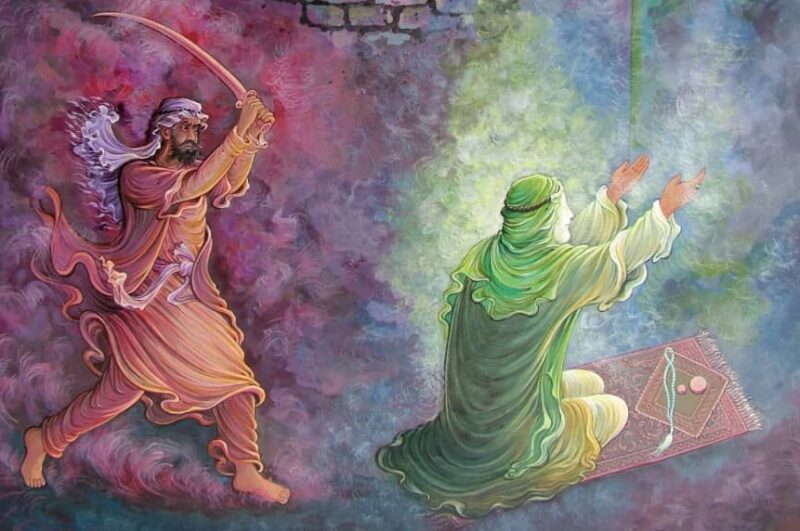The role of Muawiya in the martyrdom of Imam Ali, Imam Hassan and Janabe Ayesha

The Assassination of Imam Ali (peace be upon him): Historical Insights and Perspectives
The martyrdom of Imam Ali (peace be upon him) is one of the most profound and tragic events in Islamic history. This event, a culmination of political and ideological conspiracies, reflects the complexities of leadership challenges and the impact of rivalries within the early Islamic community. Below is a detailed exploration of the factors, players, and narratives surrounding this pivotal moment in Islamic history.
The Role of the Khawarij
Historical accounts from both Shia and Sunni traditions suggest that a group of Khawarij, remnants of the Nahrwan War, were directly involved in the conspiracy. These individuals convened in Makkah after the war, mourning their losses and plotting to assassinate three key figures they deemed responsible for the unrest in the Islamic world: Imam Ali (peace be upon him), Mu’awiyah, and Amr bin As. Among them, Ibn Muljam volunteered to kill Imam Ali. His plan was carried out with the assistance of others, including Shabib bin Bajrah and Wardan bin Majlad, under the influence of a woman named Qutām.
The Role of Mu’awiyah
While there is no definitive historical document linking Mu’awiyah directly to the assassination, various clues and patterns of his behavior suggest his involvement. His political ambitions and history of enmity toward Imam Ali (peace be upon him) make it plausible that he played a role behind the scenes. Mu’awiyah had previously used underhanded tactics, such as poisoning Malik al-Ashtar, a loyal companion of the Imam, to weaken his position. The possibility of Mu’awiyah manipulating the Khawarij to carry out the assassination cannot be dismissed entirely.
The Role of Qutām
The narrative of Qutām, a woman reportedly involved in persuading Ibn Muljam to kill Imam Ali (peace be upon him), has been amplified in various historical texts and even romanticized in some accounts. While the core story of her involvement appears in numerous early Islamic sources, many details about her motives and actions are speculative and may have been exaggerated over time to dramatize the event.
Evaluating Historical Narratives
The accounts surrounding the assassination reveal contradictions and gaps that suggest a mix of historical facts and politically motivated fabrications. The role of the Khawarij is undeniable, as they themselves praised the act in their ideological justifications. However, the extent of their independence or manipulation by Mu’awiyah’s agents remains a topic of debate among historians.
Conclusions
The assassination of Imam Ali (peace be upon him) was likely the result of multiple conspiracies, involving the Khawarij, Mu’awiyah, and figures like Ash’ath bin Qays. Each had their motives and contributed in varying capacities to this tragic event. As a cornerstone of Islamic history, the martyrdom of Imam Ali highlights the challenges of leadership, the dangers of factionalism, and the enduring lessons of his legacy.








